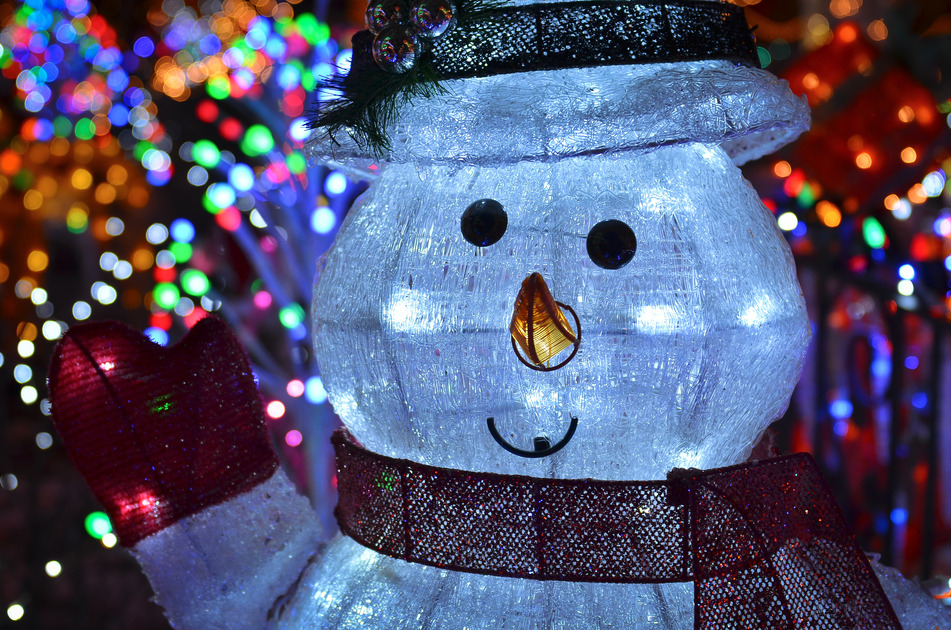Real Christmas trees are better for the environment than fake Christmas trees: They’re renewable and recyclable, unlike that petroleum-derived faux model.
In terms of price there’s not much difference between the real and fake varieties, unless you get really fancy with a fake. Depending on where you live and the size and species of tree you buy, the real deal runs about $20 to $150 annually.
You can pick up a basic fake Christmas tree for less than $20 at some big-box retailers. Prices go up from there to as much as $430 for a deluxe, already-lit number. Keep a faux tree in the family for at least a decade to goose up your holiday gift fund and mitigate the pileup in your local landfill.
If you insist on replacing your fake tree every year to change things up, donate your old one to a charity, a resale shop, or Freecycle.
All I Want for Christmas is the Greenest of Trees. What Do I Look For?
- Visit a local Christmas tree farm. Christmas tree farmland often can’t be used for other crops, says Brian Clark Howard, an environmental reporter. When the tree farmers plant new trees, the growing young trees combat climate change by absorbing carbon. And tree farms conserve soil — farmers only till the land once every six or eight years.
If you buy from a Christmas tree lot, your tree was likely shipped from Oregon or North Carolina, and getting it to you created pollution, Howard says.
- Do business with a local Christmas tree farmer who grows organic Christmas trees without pesticides. Whether an organic tree costs more depends on where you live.



